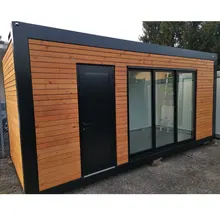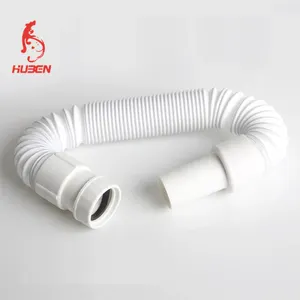Kitchen sink pipes refer to the plumbing system that connects the sink to the main drainage system in a kitchen. Kitchen sink pipes are responsible for carrying away the wastewater and food debris from the sink to the sewer or septic tank. The pipes usually consist of different components, such as the drain pipe, P-trap, and tailpiece, which work together to ensure proper drainage and prevent the backflow of sewer gases into the kitchen.
Types of kitchen sink pipes
There are several types of pipes commonly used in kitchen sink plumbing. PVC pipes are a popular choice for kitchen sink drainage systems. They are lightweight, affordable, and resistant to corrosion and chemical damage. One advantage of PVC pipes is that they have smooth interiors, which helps to prevent clogs and allows for efficient water flow. ABS pipes are similar to PVC pipes and are often used for kitchen sink drainage. They are durable, simple to install, and resistant to high temperatures.
Cast iron pipes were particularly used in older homes. They are heavy and durable, but they can be prone to corrosion over time. Cast iron pipes are also known for their sound insulation properties. They can help reduce noise from running water and prevent the transmission of sound through the plumbing system. Galvanized steel pipes were used before for kitchen sinks but are less popular today. They are durable but prone to corrosion and can restrict water flow over time.
Features of the ideal kitchen sink pipes
The ideal kitchen sink pipes should possess several key features to ensure efficient and reliable performance. Kitchen sink pipes should be made from a durable material ensuring that it can withstand everyday use, such as PVC, ABS, or stainless steel. They should be resistant to corrosion, chemicals, and high temperatures. Kitchen sink pipes should be appropriately sized to handle the volume of water and waste generated by the kitchen sink. The pipe size will depend on various factors, such as the number of sinks, the distance to the main sewer line, and local building codes.
Kitchen sink pipes should have a smooth interior surface to promote efficient water flow and prevent clogs. Smooth interiors also make it easier to clean the pipes and wipe out any buildup or debris. Moreover, kitchen sink pipes should be designed to minimize the risk of leaks. This can be achieved through appropriate installation techniques, secure connections, and the use of quality fittings and seals. The ideal kitchen sink pipes should require minimal maintenance. They should be resistant to clogs, easy to clean, and not prone to any rust or corrosion.












































 浙公网安备 33010002000092号
浙公网安备 33010002000092号 浙B2-20120091-4
浙B2-20120091-4